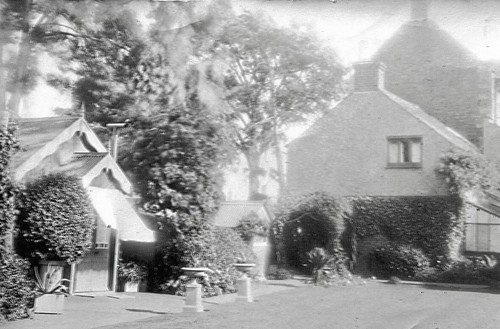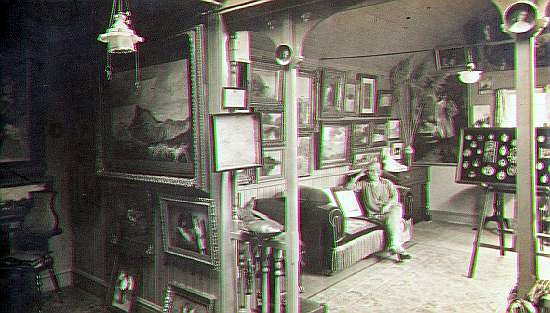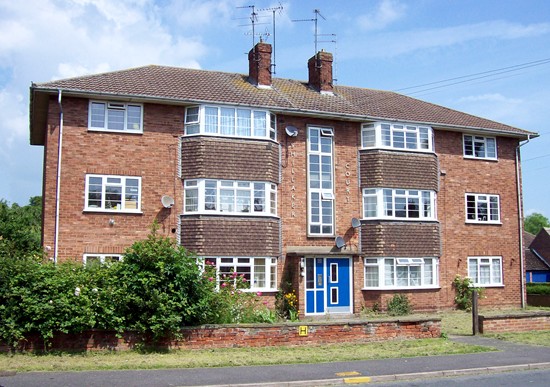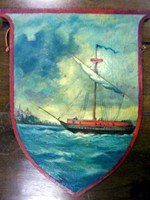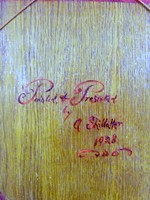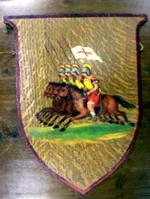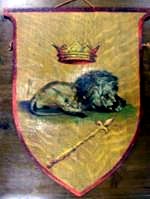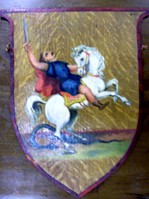One of the prominent agriculturalists in South Lincolnshire, Harry Shillaker, farmed at Deeping St Nicholas before moving to Shillaker Farm at Tongue End, near Bourne, in 1892 although he also owned land in North Fen. During this period he also bought a retirement home, a three-storey red brick property with a large garden in the Austerby at Bourne that he subsequently re-named Shillaker House. He was a man of a quiet and retiring disposition and suffered ill health in his later years, employing a female nurse to look after him and later, a male nurse when he needed physical assistance. As a result, his activities were restricted but after some persuasion by his friends, agreed to be nominated for election to Bourne Urban District Council in 1913, gaining second place in the poll and subsequently becoming vice-chairman of the council's allotments committee and would in the normal course of events have become chairman but illness forced his resignation from the authority. Mr Shillaker was a dedicated freemason and a member of the Hereward Lodge in Bourne where he supported many local charities with regular donations, particularly to the Widows of Bedehouse Bank and Eastgate. As his illness worsened, he was confined to his bed for the final twelve months and died on Saturday 11th October 1924, aged 59. The funeral took place the following Wednesday at the Abbey Church and at Bourne town cemetery where he is buried. During the graveside ceremony, members of the Hereward Lodge dropped sprigs of acacia on the coffin as it was lowered into the grave which had been decorated with white flowers and lined with ivy. He left an estate worth £11,754 which is more than £410,000 in today's money. In the spring of 1894, he had married Annie Jane Wright, daughter of John Wright, an ironmonger from Church Gate, Spalding, and his wife Maria, at King's Lynn. Norfolk. She was a talented artist whose work was exhibited and sold in the area and as a result of her passion, Harry built her a studio in the grounds of their home where she worked (below). Mrs Shillaker painted in both oils and watercolours although she also achieved a reputation for her miniature portraiture and four of her works were exhibited at the Royal Academy, Baby Dorothy (1923), Miss A New-Glinton (1924), Miss Jessie Kinloch (1928) and Miss Dorothy Ringrose (1933), while 14 other paintings were shown by the Royal Institute of Painters in Watercolours. She was also a proficient musician and formed a string band which performed at many social and charitable functions in the town. Mrs Shillaker, who is pictured below relaxing in her rather grand studio, died at home on 14th January 1937 at the age of 74. In her will, she left property worth £17,276 gross, £4,958 net, the bulk of which was distributed in bequests various friends and institutions, as detailed by The Times on Friday 19th March 1937: "£1,000 subject to a life interest in trusts to pay the income towards the salary of a curate for the Abbey Church at Bourne; £100 to the Abbey Church; £100 to the Butterfield Hospital; £1,000 to the churchwardens at Bourne to buy 1lb. of sugar and 1lb. of tea for 25 deserving elderly ladies residing in Eastgate at Christmas time for ever; £500 subject to a life interest to the Johnson Hospital at Spalding." Mrs Shillaker was buried with her husband in the town cemetery although there is no headstone. The house and studio were demolished in 1954 to make way for a block of six council flats known as Shillaker Court, pictured below (bottom).
REVISED JUNE 2014 See also An Edwardian garden party
Go to: Main Index Villages Index
|
||||||||||||||||
